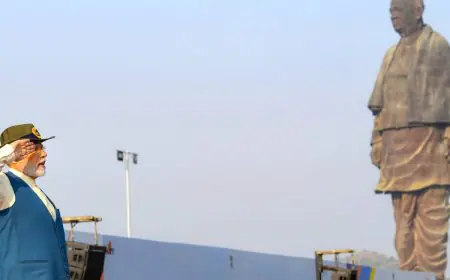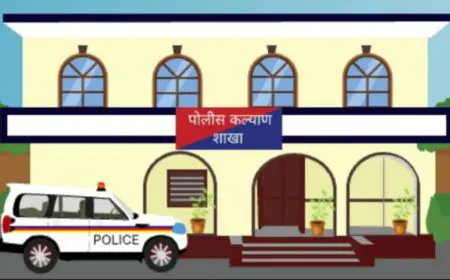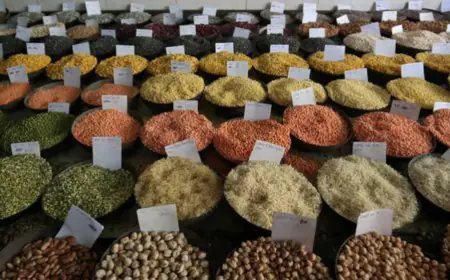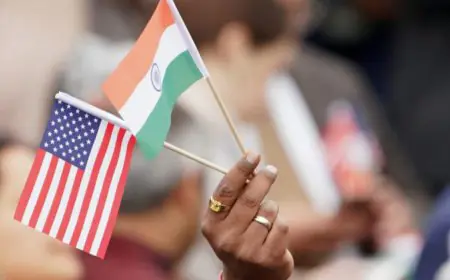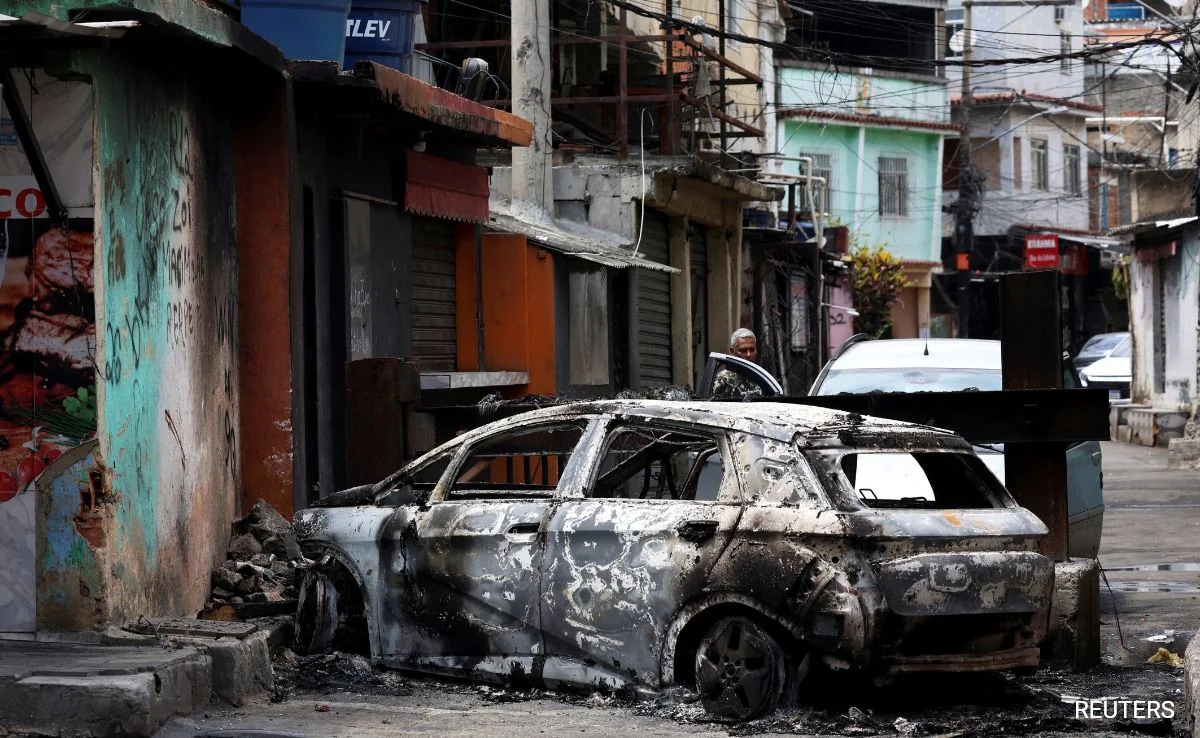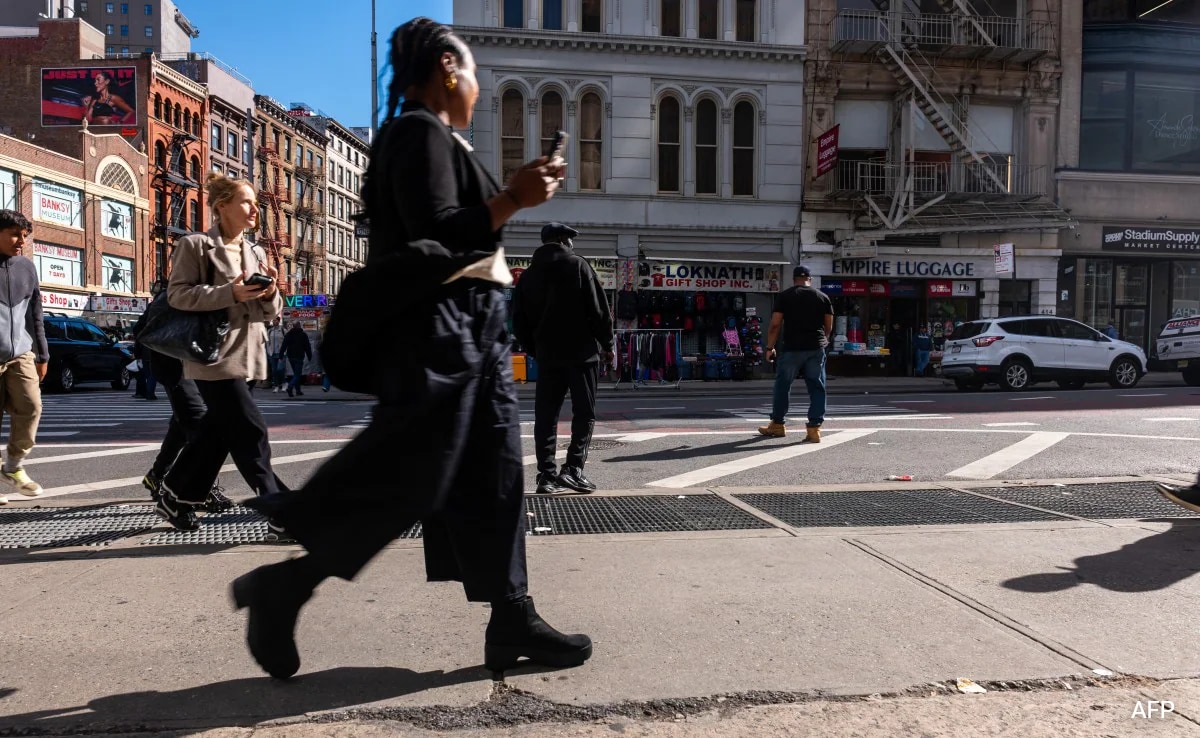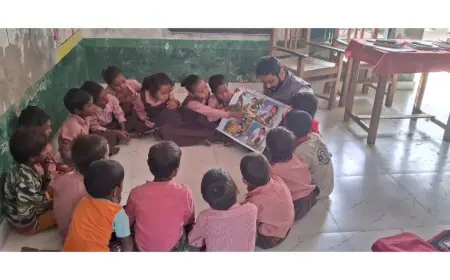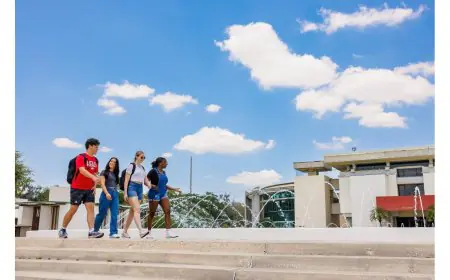Rural Poverty Drops Below 5% For The First Time In FY24: Report
Rural poverty in India saw a significant decline in 2023-24, with the poverty ratio falling below 5 per cent for the first time, according to an analysis by SBI Research. The sharp increase in rural spending contributed to this reduction, bringing the rural poverty rate down to 4.86 per cent from 7.2 per cent in the previous year, and from 25.7 per cent in 2011-12, as per the latest SBI report. In urban areas, the decline in poverty was more gradual, with the poverty rate standing at 4.09 per cent in FY24, down from 4.6 per cent the previous year. "It is possible that these numbers may be subject to slight revisions once the 2021 census is completed and updated rural-urban population data is released. We anticipate that urban poverty could decline further. At a national level, we estimate poverty rates in India are now between 4 per cent and 4.5 per cent, with extreme poverty nearly eliminated," stated SBI Research. The report noted that improvements in physical infrastructure were boosting urban mobility, helping to narrow the gap between rural and urban areas while reducing rural income inequality. Additionally, the growing impact of government schemes, such as Direct Benefit Transfer (DBT), has played a key role in closing the rural-urban divide. “Around 30 per cent of the Rural MPCE is explained by factors that are endogenous to the rural ecosystem. Such endogenous factors are mostly due to the initiatives the government has taken in terms of DBT transfers, building Rural infrastructures, augmenting farmer’s income, improving the rural livelihood significantly,” it said. MPCS, or monthly per-capita consumer expenditure, is a key indicator used to assess the economic level of a family. The rural-urban consumption gap decreased to 69.7 per cent in 2023-24, down from 71.2 per cent in the previous year and 83.9 per cent a decade ago. The report also highlighted that changes in food item consumption, despite their declining share in overall spending, had a notable impact on overall consumption. Higher inflation led to a reduction in consumption across all sectors, with the effect being more pronounced in rural areas, particularly in low-income states. On the other hand, middle-income states were primarily responsible for sustaining consumption demand. India's inflation remained above 5 per cent in November, prompting the Reserve Bank of India's Monetary Policy Committee (MPC) to keep interest rates unchanged in its December meeting for the eleventh consecutive time. The MPC is set to meet again in February. According to the SBI report, even with the new CPI basket, inflation would have remained at 5 per cent, compared to an estimated 5.5 per cent under the old series. Also Read: Best Stocks To Buy Today: Reliance Industries, Asian Paints Among Top 5 Picks For January 3, 2025

Rural poverty in India saw a significant decline in 2023-24, with the poverty ratio falling below 5 per cent for the first time, according to an analysis by SBI Research. The sharp increase in rural spending contributed to this reduction, bringing the rural poverty rate down to 4.86 per cent from 7.2 per cent in the previous year, and from 25.7 per cent in 2011-12, as per the latest SBI report.
In urban areas, the decline in poverty was more gradual, with the poverty rate standing at 4.09 per cent in FY24, down from 4.6 per cent the previous year.
"It is possible that these numbers may be subject to slight revisions once the 2021 census is completed and updated rural-urban population data is released. We anticipate that urban poverty could decline further. At a national level, we estimate poverty rates in India are now between 4 per cent and 4.5 per cent, with extreme poverty nearly eliminated," stated SBI Research.
The report noted that improvements in physical infrastructure were boosting urban mobility, helping to narrow the gap between rural and urban areas while reducing rural income inequality. Additionally, the growing impact of government schemes, such as Direct Benefit Transfer (DBT), has played a key role in closing the rural-urban divide.
“Around 30 per cent of the Rural MPCE is explained by factors that are endogenous to the rural ecosystem. Such endogenous factors are mostly due to the initiatives the government has taken in terms of DBT transfers, building Rural infrastructures, augmenting farmer’s income, improving the rural livelihood significantly,” it said.
MPCS, or monthly per-capita consumer expenditure, is a key indicator used to assess the economic level of a family.
The rural-urban consumption gap decreased to 69.7 per cent in 2023-24, down from 71.2 per cent in the previous year and 83.9 per cent a decade ago.
The report also highlighted that changes in food item consumption, despite their declining share in overall spending, had a notable impact on overall consumption. Higher inflation led to a reduction in consumption across all sectors, with the effect being more pronounced in rural areas, particularly in low-income states.
On the other hand, middle-income states were primarily responsible for sustaining consumption demand.
India's inflation remained above 5 per cent in November, prompting the Reserve Bank of India's Monetary Policy Committee (MPC) to keep interest rates unchanged in its December meeting for the eleventh consecutive time. The MPC is set to meet again in February.
According to the SBI report, even with the new CPI basket, inflation would have remained at 5 per cent, compared to an estimated 5.5 per cent under the old series.
Also Read: Best Stocks To Buy Today: Reliance Industries, Asian Paints Among Top 5 Picks For January 3, 2025
What's Your Reaction?

















